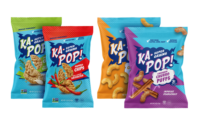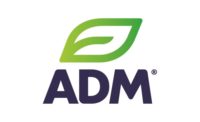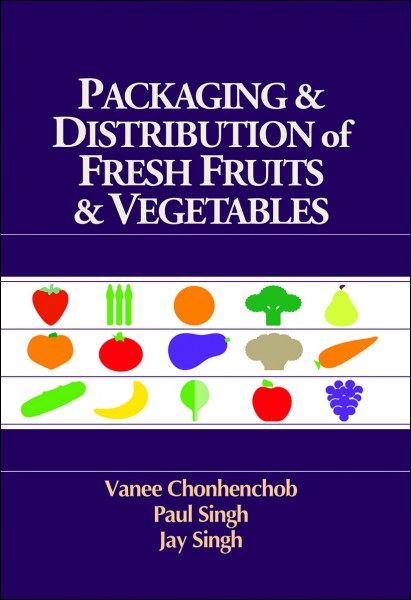Snack Food & Wholesale Bakery recently was able to talk to David Gray, CEO, GreenSeed, about pandemic snacking and the right packaging for it.
Liz Parker: What packages are “right sized” for the snack food market?
David Gray: Current trends indicate that people are shopping less frequently and making larger purchases when they do go to the store, which has impacted the snack industry in a couple of different ways. Consumers are purchasing bulk bags of snacks or multi-variety packs that feature a couple of different skus, allowing them to taste test. There is a pivot from single-serve, commuter-friendly, grab-and-go snacks as they don’t meet the current needs of consumers.
LP: Have these changed as a result of the pandemic?
DG: There are a lot of people to feed at home and shoppers are reaching for bigger bags during their trips to the store. At the end of the day, during crisis, people are turning to traditional brands that have built their legacy feeding the masses, safely and economically. Multi-national CPGs are planning around extended capacity to ensure staple items are always in stock.
LP: Do recyclable and compostable films make a difference?
DG: Sustainability has recently taken a back seat, but recyclable and compostable packaging is still an industry-shaping trend. We work closely on research and development with environmentally-minded organizations like OSC2, NGOs and chemical companies that are committed to innovations in high-barrier compostable and bio-based flexible film packaging for food products. Instead of using conventional materials, we’re seeing wood cellulose and specialty bio-polymers used to achieve the same functionality as standard packaging, but their packaging is designed to compost. GreenSeed has helped bring new solutions to market, faster.
We all want to find alternatives to single-use plastics with the end goal of zero waste packaging. The main challenge has been the high costs for new technologies, and slow development of sustainable packaging options for brands. New materials are costly to develop, and until they are produced at scale, they will have a higher price point than conventional materials. Cost has been a barrier for some time, and when brands are unwilling to pay higher prices, it sends a signal to their suppliers not to scale up new materials nor provide new options. While the compostable and bio-based packaging materials available today are great for many applications, there is more work that needs to be done. More development is required to get these plant-based technologies to fit products that have high-moisture content, or require high-performance packaging conditions, such as high heat/pressure such as retort. Luckily, the tide is turning. People are starting to realize the real environmental and social costs of conventional single-use plastic and they are beginning to reassess their economics and actively seek new options.
LP: Would it make sense for some SKUs to be packaged together and if so, why?
DG: From an environmental perspective and at a society level, no. We are seeing too much carbon energy being used to produce the materials required for combo and variety pack outs. Specifically, during these times, I think the right answer is sku reduction and focus on consistency and efficiency. The most important thing at the moment is making sure that every person has access to affordable food.
LP: How have consumer demands changed during the pandemic?
DG: Consumers are eating at home more than ever, and another COVID wave is driving packaged food sales, both in grocery stores and ecommerce. We’ve seen an elevated need for shelf-stable food items by traditional, trusted CPGs that are economical and can feed large families. There’s a rising demand for comfort foods as consumers scale back their budgets and rely on foods that are reliable, affordable, and familiar. We’ve been contacted by large CPGs that are tasked with fulfilling this increased demand in core products. Multinational CPGs and heritage brands have been able to weather downturn infrastructure and have the capital to produce during this time. These brands are enabling everyday people to access food and feed their families because they provide access to food at a feasible price point.











